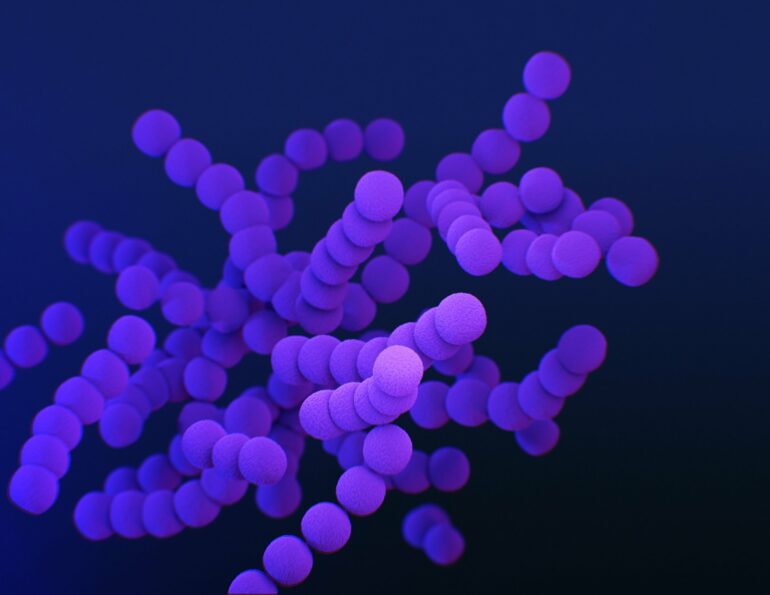A new path to help stop the spread of antibiotic resistance has been uncovered by a team led by University College London (UCL) and Birkbeck researchers, in a move that could impact the lives of millions globally.
The pioneering research published in Nature showed, for the first time, the structure of the transport apparatus that enables the spread of antibiotic-resistant genes between bacteria.
Antibiotic resistance occurs naturally, but overuse and misuse of antibiotics in humans and animals is accelerating the emergence of antibiotic-resistant bacteria, which threatens the ability to treat common infectious diseases.
By understanding the way that bacteria exchange genes, scientists can discover ways to prevent the spread of antibiotic-resistant genes or exploit the transport mechanism so it delivers beneficial genes into higher organisms.
Professor Gabriel Waksman (UCL Structural & Molecular Biology and Birkbeck, University of London), the lead author of the study, said, “We are in a global crisis of antibiotic resistance, which threatens to overcome healthcare systems all over the world—the World Health Organization describes antibiotic resistance ‘as one of the biggest threats to global health, food security and development today.'”
“This research is critical in understanding how antibiotic resistance is spread among bacterial populations. Now we can visualize the structure of the transport apparatus, my research will focus on how the transport apparatus works to transfer genes.”
More information:
Kévin Macé et al, Cryo-EM structure of a type IV secretion system, Nature (2022). DOI: 10.1038/s41586-022-04859-y
Provided by
University College London
Citation:
New hope to stop spread of antibiotic resistance (2022, June 23)



